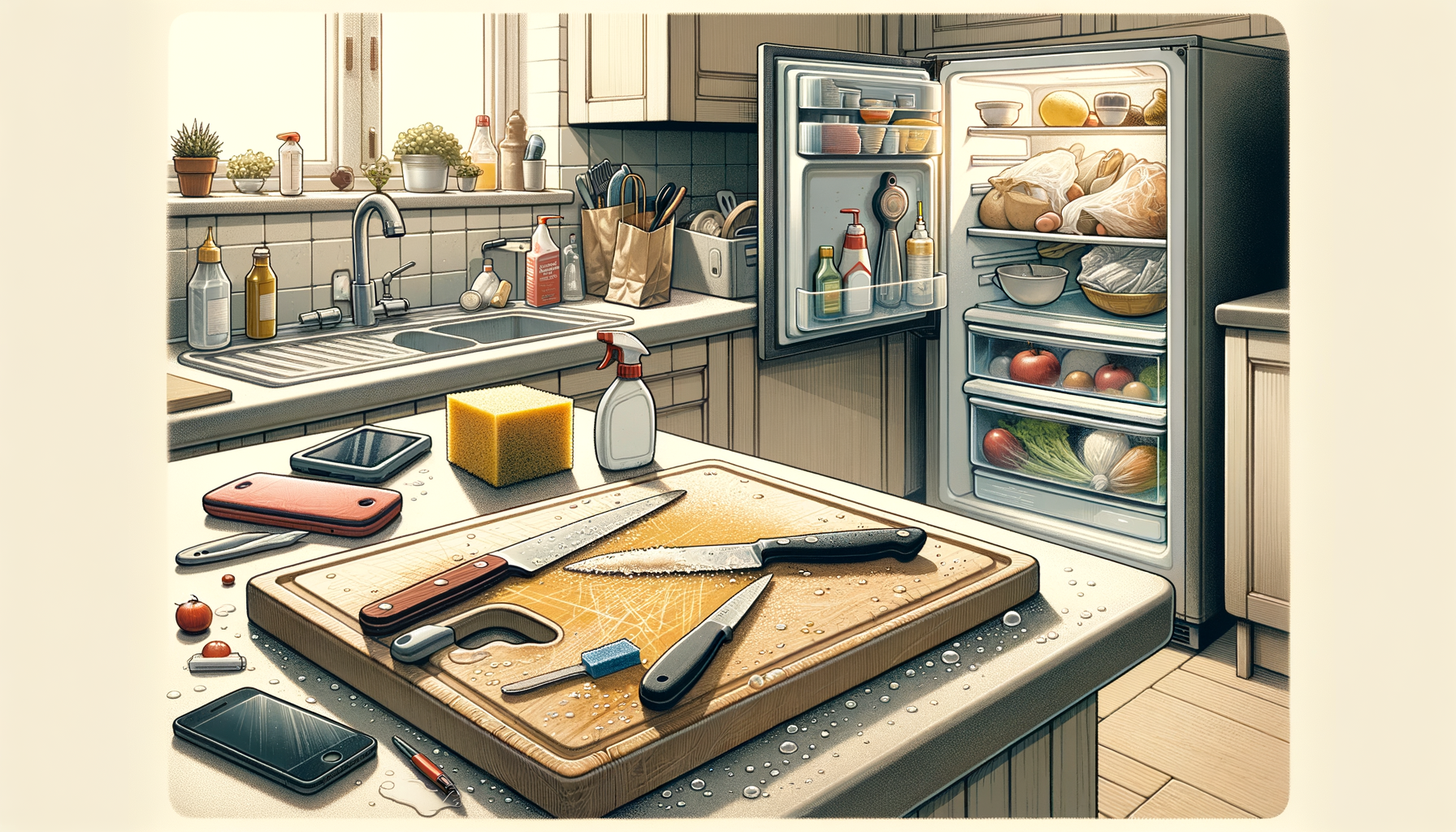Tackling Bacteria in the Kitchen: Is Your Clean Routine Up to Par?

The kitchen, often considered the heart of the home, is a place where we gather, cook, and share meals. While focusing on delicious recipes and meal prep, we might overlook an important guest lurking silently—bacteria. Various studies highlight common practices that may inadvertently invite bacteria into this cherished space.
Firstly, many kitchen counters serve a dual purpose. From prep areas to informal workspaces, they see it all, including grocery bags and hand-held tech devices. This interchange can introduce not-so-friendly germs. A consistent cleaning routine is crucial. Surface wipes with antibacterial properties, used routinely, are effective in minimizing bacteria spread.
Cutting boards are another hotspot. Wooden boards, while aesthetically pleasing, can harbor more bacteria than their plastic counterparts if not properly sanitized. After dealing with raw meat, a thorough scrub in hot soapy water is essential, ideally followed by a sanitizer to ensure no lingering bacteria.
Sponges, although seemingly innocuous, can be breeding grounds for bacteria. Many recommend microwaving damp sponges for about one minute daily to kill most bacteria. It’s also wise to replace them regularly and consider biodegradable options to be environmentally friendly.
Appliance handles, such as those on refrigerators and microwaves, are frequently touched but often overlooked during routine cleans. Including these in your daily wipe-down can help reduce bacterial presence. Similarly, faucets and sink handles should not be forgotten, as we touch them frequently before washing our hands.
Refrigerator hygiene is vital. Schedule regular audits of your fridge content to dispose of expired and forgotten leftovers. Shelves can be cleaned with a mix of baking soda and water—a natural and effective cleaning solution.
When it comes to food storage, be conscious of how leftovers are stored. Airtight containers not only seal in freshness but also provide a barrier against bacteria. Labeling these with dates can also help manage and rotate food to ensure it’s used in a timely manner.
Cross-contamination is a concern in any cooking process. Using separate utensils and boards for raw and cooked foods is a simple yet effective practice. Color-coded tools can make this task easier and more intuitive.
Ventilation plays a significant role in kitchen hygiene. Proper airflow helps prevent moisture buildup, which can be a haven for mold and bacteria. An effective exhaust fan or just a regularly opened window while cooking can do wonders.
A seemingly small habit like proper handwashing cannot be stressed enough. Washing hands before and after handling food, especially raw meat, drastically reduces the chance of bacteria spreading.
By adopting these habits, your kitchen can remain a safe and inviting space for family and friends, free from unwanted microbial guests. Prioritizing cleanliness ensures that the heart of your home remains a place of comfort and joy.
